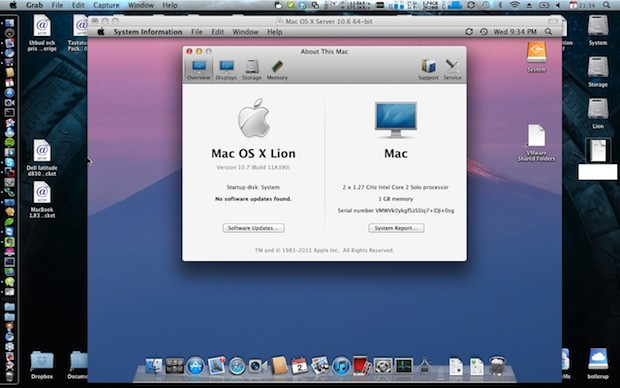
- #Eclipse for mac os x lion download how to
- #Eclipse for mac os x lion download mac os x
- #Eclipse for mac os x lion download install
- #Eclipse for mac os x lion download zip file
The files needed by the plugin are located in the Arduino.app container. app files are actually just containers for application files (right click on any app and choose Show Package Contents in Finder).
#Eclipse for mac os x lion download mac os x
Users familiar with Mac OS X may know that. In order for Eclipse to use proper compilers and libraries for Arduino, the location of the Arduino IDE must be set.

From the application menu, navigate to Eclipse -> Preferences (shortcut command + ,) and then Arduino -> Arduino in the Preferences pane. Eclipse should now be loaded with the workspace visible.

The last part is merely a matter of configuration. Check the latest arduino eclipse extensions under arduino and click next.įinish going through the installation and restart eclipse when prompted at the end.
#Eclipse for mac os x lion download install
Then, navigate to Help -> Install New Software and add a new site. If this is the first time Eclipse has been opened, close the welcome screen. Now that Eclipse is installed, start it and choose a workspace (the default will work fine). This is a modified version of those instructions specifically for Mac OS X and the plugin version 1.1.7. Note: If this part of the instructions seems to be outdated, head over here and follow the instructions.
#Eclipse for mac os x lion download zip file
Once again, this is just a matter of extracting the zip file somewhere and dragging the Arduino.app file to the Applications folder. Then simply drag the Eclipse.app file to the dock from the /Applications/eclipse/ folder. Installing Eclipse on Mac OS X is quite simple: extract the Eclipse package to the /Applications/ folder or another convenient location.
#Eclipse for mac os x lion download how to
Duplicate Files using Versions30.This is a short guide on how to setup Eclipse for Mac OS X Lion (10.7) for use with Arduino in a relatively short amount of time. Dragging Apps from Launchpad to the Dock23. Managing Desktops with Mission Control21. Accessing Many Windows with Mission Control20. Engaging Mission Control with the Keyboard18. Changing Item Arrangement in the Finder7. Use the detailed menus and Keyword Search features to quickly find topics of interest - that's the essence of NonLinear Educating!Table of Contents:1. This is a comprehensive tutorial, but you don't have to watch the entire show. From some of the new additions to the Finder, like "All My Files" searching and overlay scrollbars, to the main features of Mail, passing through the interaction using gestures, how fullscreen applications work, accessing every visible window on your Mac via Mission Control, getting super quick access to all your Apps with Launchpad, saving your work with Auto Save, Versions and Resume, and a brief introduction to the Mac App Store for quick access to the latest Mac software. This course covers the main features that were added to Mac OS X Lion, and how to use them every day while working with your computer.

Specially the interaction with touch surfaces like the Magic Mouse and Magic Trackpad have become a central feature of Mac OS, but there's also a whole lot more. In OS 10.7 Lion, Apple brings a lot of their iOS experience "back to the Mac". That's because iOS took a lot from the original Mac OS X and built on the unique touch interface of the iOS devices. Bring your OS X skills "Back To The Mac" by watching this 2-hour tutorial by Star Trainer and Mac Guru Francesco Schiavon.nnMac OS X 10.7 Lion has been referred to by Apple as "Back to the Mac". Lion is Apple's Latest version of Mac OS X (10.7).


 0 kommentar(er)
0 kommentar(er)
